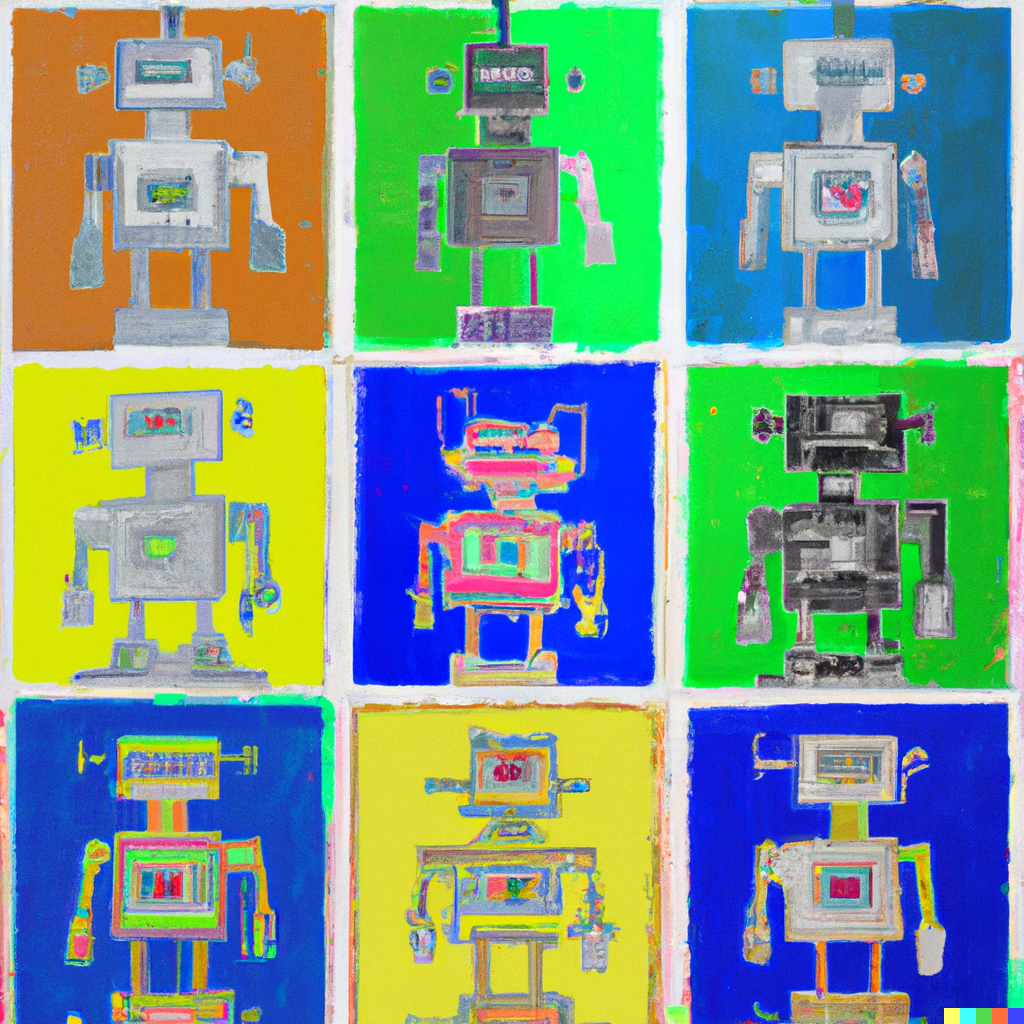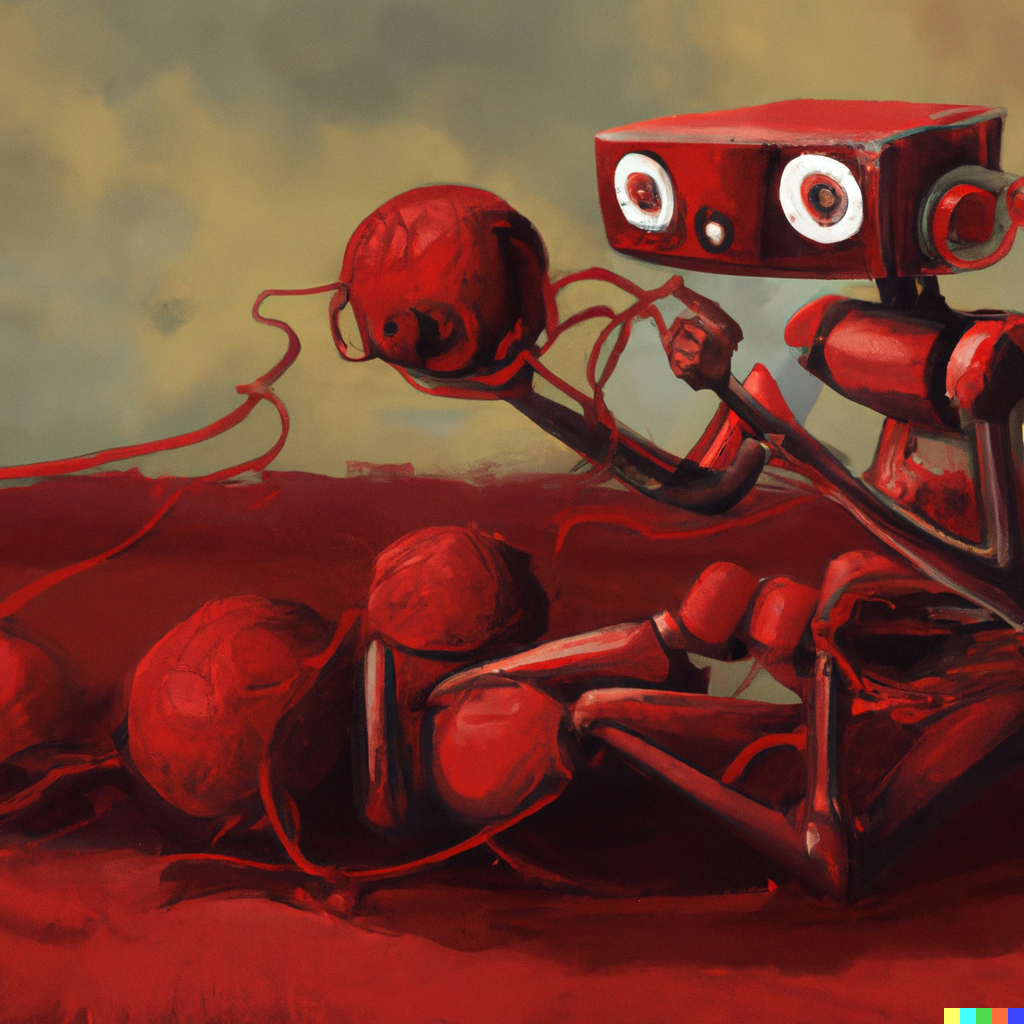
There are lots of tricky problems when it comes to generating high-quality automated reports, and repetition is one of the toughest. Repetition is a difficult problem for automated writing systems.
Do those sentences read well together? I’m guessing you probably think ‘no’. They seem pretty clearly repetitive, but that’s only obvious from a human perspective. From a computer’s perspective, however, it’s not so clear.
Why that is and how we can try to get around that will be the subject of this post. This one will (hopefully) be part of a series of posts where I go into a bit more detail about the technical challenges that underlie high-quality data-focused generative AI. A lot of these things are problems, like repetition, that are hard to even notice if you haven’t spent time in the AI trenches, as we don’t think twice about them as humans.
First, why is repetition even an issue in the first place? If you build automated reports using templates, it isn’t. That’s because you know exactly what stories are going to appear at each point in a narrative, so you can use the awesome repetition fighting powers of your human brain to make sure that the template avoids any repetition.
Using a template is severely restricting, however, because the template can’t flexibly adapt to the underlying data, and therefore can’t possibly report on the most important information that the reader needs to see. The best way to set up an automated report is to allow the system to individually identify each event within the data set and then build a narrative out of only the best parts.
However, once you’ve freed the software from templates and given it flexibility in how it arranges information, you’ve also summoned the Kraken that is repetition. To understand how tricky that problem can be, let’s paraphrase the pair of sentences that started this post:
There are lots of high-scoring wide receivers in the NFC, and DeAndre Hopkins is one of the best. DeAndre Hopkins is a good fantasy wide receiver.
We’d say this is repetitive because of the double mention of DeAndre Hopkins being a good receiver, but let’s look at it from a computer’s perspective. The first sentence is actually made of two parts: (1) identifying that there are many high-scoring WRs in the NFC, and (2) saying DeAndre Hopkins is good. The second sentence is just about DeAndre Hopkins being good. For software, these two sentences are not the same, since the first has two components and the second sentence has just one. Ah, you say, but what if we give software the ability to recognize each of the two subcomponents of the first sentence so that it can understand that it conflicts with the second sentence? Well, that’s a good idea in general, but it won’t save you in this case, because the two sentences in this example don’t even share the same sub-component.
The first sentence says that DeAndre Hopkins is ‘one of the best’ WRs while the second sentence merely identifies DeAndre Hopkins as being good. The issue here is that in order to get software to write these sentences you would need to build the capability to have it both identify a ‘good’ WR and also rank order them and identify some subset that would be considered a grouping of ‘the best’. These are two different operations, so the system would not inherently see them as being the same thing.
This is an example of a conceptual repetition problem, where there are two events or stories identified by an NLG system that are different (including involving different calculations and a different ‘trigger’) but are conceptually similar enough that it doesn’t make sense to include them both in the same report.

Building a conceptual hierarchy is the first step towards solving this problem. If the two stories above share some parent concept then the system can begin to recognize them as being duplicative. However, it’s not quite that simple, as many stories could share a parent while still being able to coexist in a narrative. For example, ‘team on a winning streak’ and ‘team on a losing streak’ could both share a ‘streak story’ parent, and yet could make sense in the same article (“The win is the third in a row for Team A, while the loss is the fourth in a row for Team B”).
That brings us to another problem with repetition: dealing with different objects referenced by the stories. Going back to the DeAndre Hopkins story, it’s duplicative to mention that he is both ‘one the best WRs’ and also that he ‘is a good WR’, but it wouldn’t be duplicative to mention that some other WR is good. That said, if you were talking about 5 different players, it might start to get repetitive to mention over and over again that each of them was ‘one of the best’ at their position.
Therefore, the conceptual hierarchy needs to be able to recognize, for any given pair of sentences, the conceptual ‘distance’ that each item is from the other. It can take into account the nature of commonalities between the events in both stories and also look at factors such as whether they are being applied to different objects (which themselves would have a ‘conceptual distance’ between them, e.g. WR is closer to RB than WR is to Team) and also the inherent repetition factor of a given story. Typically, events that are more unique (such as a player scoring their highest total in a stat for the season) are more prone to repetition concerns than something like a team winning or losing a given game, which is bound to happen. In the example above talking about five different WRs, it would sound repetitive to talk about each of them achieving a recent season-high in a stat, even if they were different stats. If you were giving a synopsis about the recent performance of five teams however, it wouldn’t feel as duplicative to mention the won/loss result of each team’s recent game.
Another aspect of ‘distance’ that is important is the distance between each sentence in a narrative or sequence of narratives. A sentence might seem a bit duplicative following directly after a very similar sentence, but might not seem repetitive at all coming two paragraphs later. This is a big potential issue with reports that are in sequence with each other, such as a stock report that goes out every day. There are some things that make sense to mention in each report regardless of whether they appeared the day before, such as the market being up a lot. Other things, such as a given stock having really good analyst ratings, would be tedious if mentioned every single day.
Having balanced all the above complicated issues related to repetition, you run smack dab into another huge problem- what if you WANT something to be repetitious. For example:
The Golden State Warriors weren’t even playing the same game with the Timberwolves on Friday, getting trounced 132-98. Not only did they get blown out, but the loss knocked them out of the last guaranteed playoff spot.
I think this paragraph reads well. However, if you look at the last sentence, it is composed of two parts: (1) team got blown out, and (2) team out of the playoffs. The first part, ‘team got blown out’ was just mentioned in the previous sentence. Therefore, the narrative generation system has to take into account another factor, which registers how a particular piece of information is being used within an article and whether that precludes, or in fact invites, one or more mentions of that same piece of information.

So, we’ve established that good narrative generation software has to balance:
Each of these factors are independent dimensions, so they must all be able to be balanced simultaneously.
The worst part is, when it’s done right absolutely nobody notices! When the software creates a paragraph that contains three related sentences that somehow don’t step on each other, we take it for granted, since human brains are so exceptionally tuned to understanding conceptual overlap that we don’t even consciously recognize avoiding repetition as ‘thinking’ at all.
That’s the bad news. The good news is that effectively dealing with repetition has given infoSentience’s technology a big leg up against the competition. It’s not something concrete we can point to, but rather it allows for higher quality, more insightful content to be built in the first place. And while difficult, embedding this intelligence into software allows us to do things that can’t be done by humans. For example, we can personalize repetition for each individual reader in a sequence of reports. Instead of automatically ‘repping out’ a story that appeared in the previous report, we can check to see if an individual read the previous report, and if not, simply skip any repetition issues presented by the previous report. That’s just one of the many ways that automated content can go beyond human capability once you’ve been able to mimic human conceptual thinking.